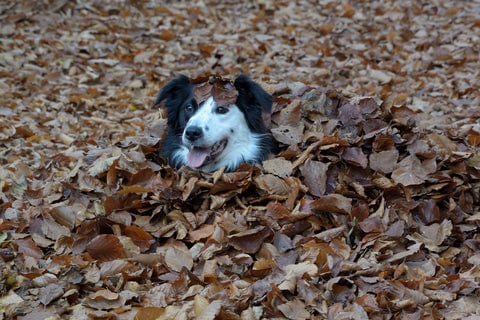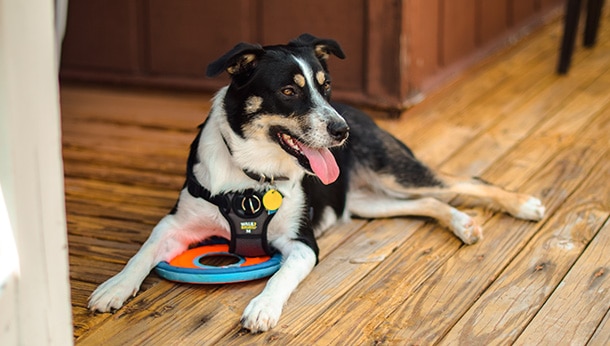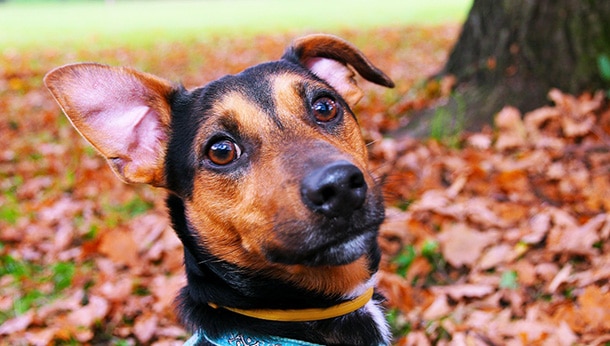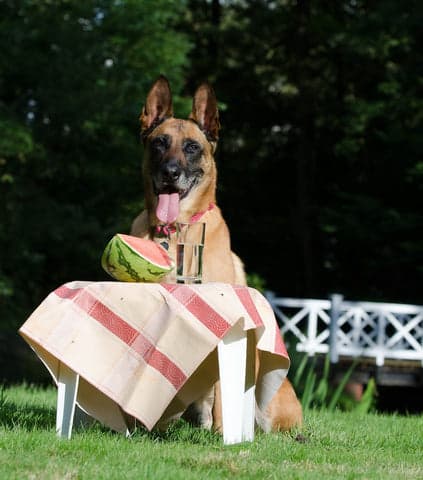
The arrival of winter is all the time time to remind pet house owners in regards to the risks of antifreeze to canines and cats.
An estimated 90,000 pets are poisoned by antifreeze every year, not stunning since cats and canines just like the style of antifreeze and can devour it from open containers or lick spilled antifreeze off of the storage flooring or driveway.
Listed here are some important information all pet house owners ought to learn about shield their fur youngsters from antifreeze.
How does antifreeze hurt pets?
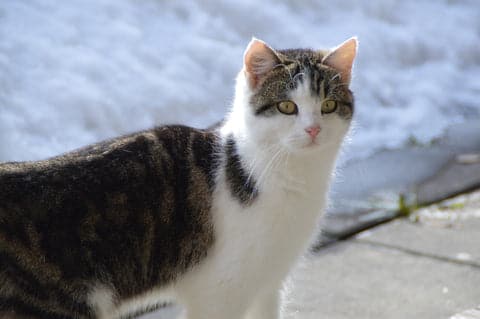
The dangerous toxin in antifreeze is a chemical compound referred to as ethylene glycol. Along with being a foremost part of antifreeze, it will also be present in issues like windshield wiper and brake fluid, motor oil, and different substances like paints and solvents.
Ethylene glycol harms canines and cats by inflicting kidney harm, and kidney failure resulting in loss of life, when ingested.
How a lot antifreeze can hurt pets?
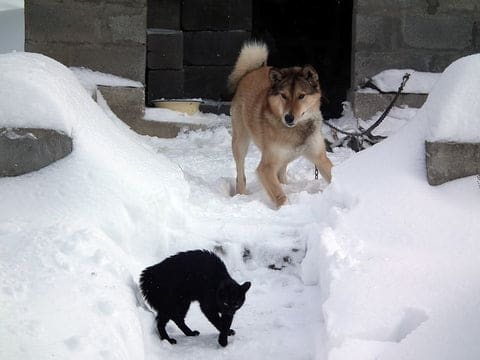
Very small quantities of antifreeze (or different liquids containing ethylene glycol) can hurt pets, even the small quantity a cat can swallow by licking his paws after strolling by way of a spill.
One teaspoon will be deadly to a cat. One tablespoon could cause kidney failure in canines, whereas 5 tablespoons can simply kill a medium-sized canine.
What are the signs of antifreeze poisoning?
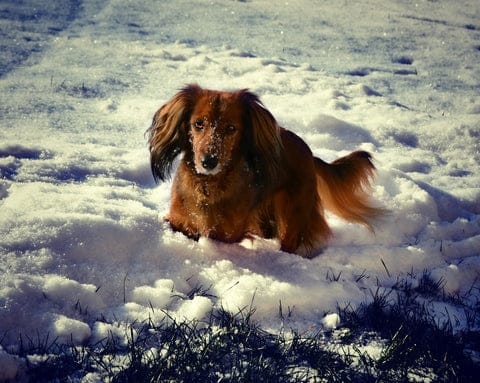
Pet well being consultants be aware that there are three levels to ethylene glycol poisoning. Stage 1 poisoning occurs between ½ hour and 12 hours after ingestion. Search for signs like issue strolling, vomiting, seizures, delirium, and extreme thirst and urination.
Stage 2 poisoning happens between 12 and 24 hours after swallowing. The signs of the primary stage could begin to go away, however the kidney harm continues to be occurring.
Cats expertise Stage 3 poisoning 12 to 24 hours after ingestion; canines expertise Stage 3 poisoning 36 to 72 hours after ingestion. Your pet will probably be experiencing harmful kidney failure, exhibiting indicators corresponding to lack of urge for food, drooling, lethargy, weak point, diarrhea, vomiting, seizures, and coma.
What’s the therapy for antifreeze poisoning?
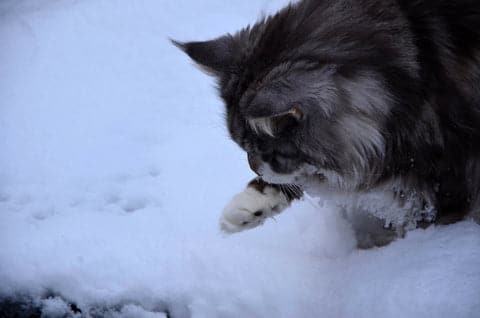
How one can forestall antifreeze poisoning in pets
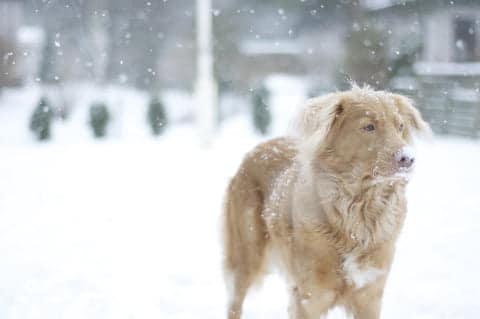
- Don’t let your pet stroll round unsupervised in an space the place there’s antifreeze, together with preserving out of doors cats and canines on walks away from spills on the bottom.
- Clear up any spills that do happen instantly. Verify your automotive for leaks typically and get them repaired instantly.
- Don’t depart open containers of antifreeze round the home or storage. Cowl them securely and hold them away from pets, like in a cupboard. Eliminate empty containers shortly and correctly. Even ones that appear empty can nonetheless include sufficient to hurt a small animal.
- Verify the labels of any antifreeze merchandise earlier than shopping for. Ones that include propylene glycol are safer for pets than these containing ethylene glycol. Additionally test labels to see if the producer has added a bittering agent to the product in order that will probably be disagreeable tasting to your pet. A standard one is known as denatonium benzoate.



